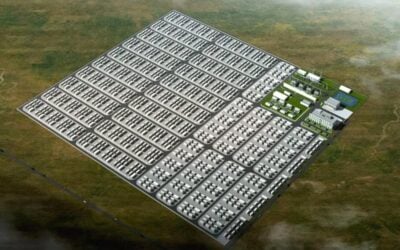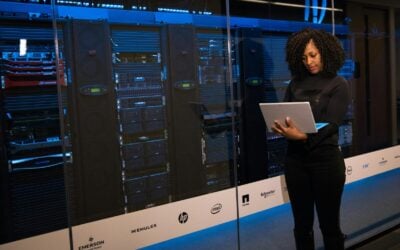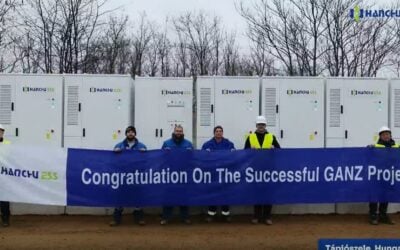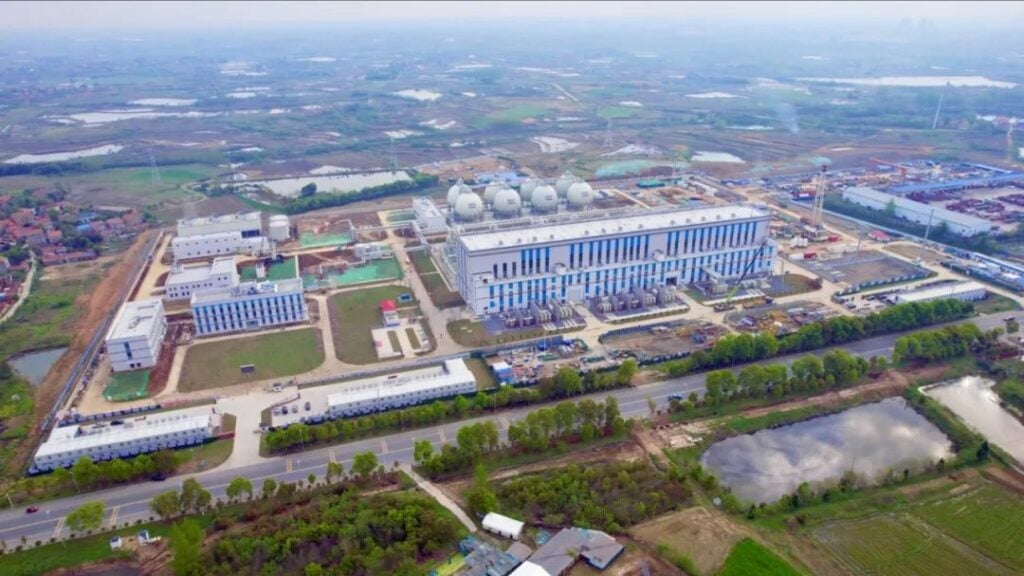
A compressed air energy storage (CAES) project in Hubei, China, has come online, with 300MW/1,500MWh of capacity.
The 5-hour duration project, called Hubei Yingchang, was built in two years with a total investment of CNY1.95 billion (US$270 million) and uses abandoned salt mines in the Yingcheng area of Hubei, China’s sixth-most populous province.
It is the largest grid-connected CAES project of its size in the world, engineering firm China Energy Engineering Corporation claimed in its announcement of the project (or specifically, the first in the world of that scale).
The project is owned by China Energy Construction Digital Group and State Grid Hubei Integrated Energy Services Co. Both China Energy Engineering Corporation and China Energy Construction Digital Group are part of government-owned Assets Supervision and Administration Commission of the State Council.
Try Premium for just $1
- Full premium access for the first month at only $1
- Converts to an annual rate after 30 days unless cancelled
- Cancel anytime during the trial period
Premium Benefits
- Expert industry analysis and interviews
- Digital access to PV Tech Power journal
- Exclusive event discounts
Or get the full Premium subscription right away
Or continue reading this article for free
The project was built three to four times quicker than a pumped hydro energy storage (PHES) plant would need (6-8 years), China Energy Engineering added.
CAES technology works by pressurising and funnelling air into a storage medium to charge the system, and discharges by releasing the air through a heating system to expand it, which turns a turbine generator.
The CAES project is designed to charge 498GWh of energy a year and output 319GWh of energy a year, a round-trip efficiency of 64%, but could achieve up to 70%, China Energy said. 70% would put it on par with flow batteries, while pumped hydro energy storage (PHES) can achieve closer to 80%.
Primarily, the project will improve the peak shaving capacity of the regional power grid, or in other words improve the provision or balancing of supply/demand during peak demand hours. More generally, it will help the grid integrate more renewable energy sources like wind and solar.
Engineering, procurement and construction (EPC) was provided by the Zhongnan Institute of EPC while other contractors were Hunan Thermal Power and Nanfang Construction. Zhongneng Equipment supplied the main and auxiliary core equipment as well as equipment manufacturing and management services, while a firm called Losda provided the ‘whole process data’.
A page from the Hubei Provincial Development and Reform Commission describes the project as belonging to a company called Hubei Chuyun Energy Storage Technology Co, but its role in it is not clear.
It said the project will help the nearby Xiaogan City to implement its plan to both increase energy consumption and decarbonisation.
The project is similar in size and investment to one which started construction in 2022 Energy-Storage.news reported on at the time, but it is not clear if it is the same one. That came shortly after a 60MW/300MWh one was completed in Jiangsu province.
CAES and advanced-CAES (A-CAES) technologies are being used for the world’s largest non-lithium, non-PHES energy storage projects in advanced development or construction today.
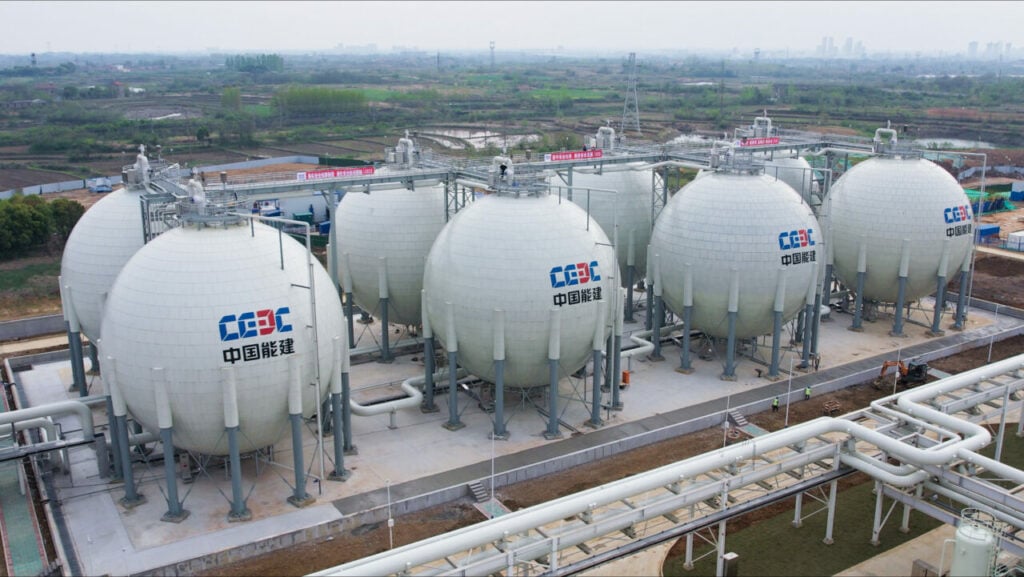
Energy-Storage.news’ publisher Solar Media will host the 2nd Energy Storage Summit Asia, 9-10 July 2024 in Singapore. The event will help give clarity on this nascent, yet quickly growing market, bringing together a community of credible independent generators, policymakers, banks, funds, off-takers and technology providers. For more information, go to the website.



